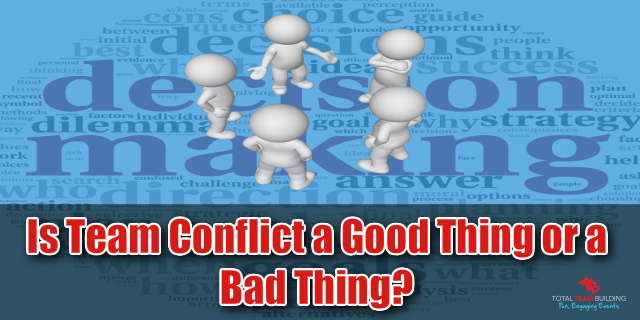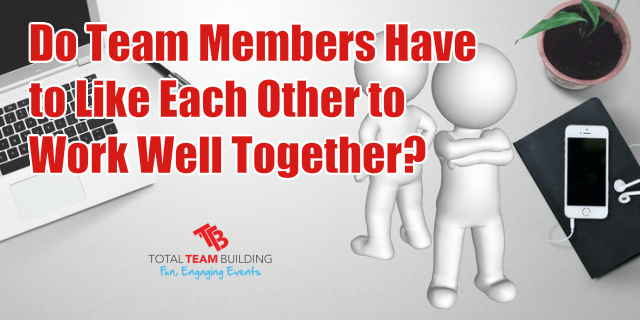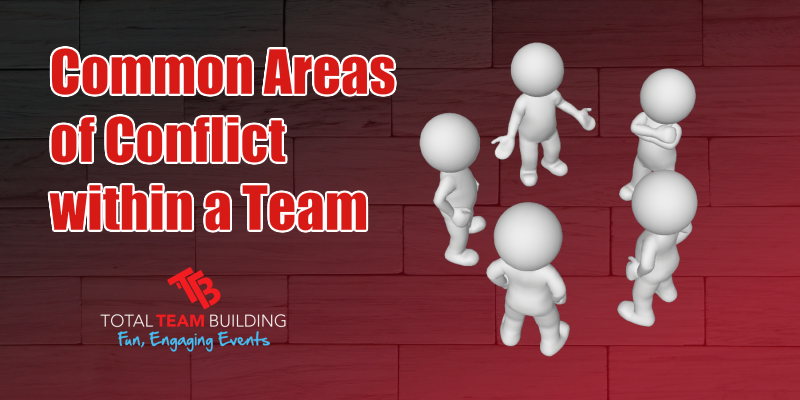Is Team Conflict a Good Thing or a Bad Thing?
Teamwork is a difficult thing to manage in today’s workforce. Employees, especially millennials newly entering the workforce, are looking for satisfying jobs where they will be able to have their say and see where their efforts are bearing fruit. While this isn’t a bad quality, it can be challenging when working with teams, as there will always be differences in opinions about how things should be.

Is it okay to have conflict among team members? If it is, what does good conflict actually look like in the workplace? These are the issues I’m going to be addressing in this article.
Is Conflict a Good Thing or a Bad Thing?
Conflict, when done in the right way, can be the best and most productive thing for your team. Positive conflict happens when ideas are discussed in a way that does not discourage people from speaking or debating. Only when you have established a culture of trust can employees discuss anything to do with the project without fear of being abused or shut out for an idea that may not make much sense.
Additionally, employees need to be able to resolve any issues they have with each other at work. This can only happen through positive conflict situations, where employees feel okay about confronting each other in regards to certain situations at work.
Although positive conflict may still feel uncomfortable, positive conflict actually resolves the issue and allows teams to move on to something more productive. It results in a happier and healthier workplace where things don’t fester over time in people’s minds, and instead are brought into the open and dealt with quickly.
How to Identify Healthy Team Conflict
There are a few things you need to ask if you want to identify which conflict in a team is healthy and which is not:
- Is the conflict solving an issue?
A conflict that isn’t based on a real issue can be unproductive and harmful to your team. Make sure healthy conflict surrounds real issues that will make a difference to the team in one way or another. The goal should be based on producing the best possible solution in the shortest amount of time.
- Are people respecting each other?
If your employees are not acting respectfully towards each other, then you as the leader need to step in and control the situation. There should be a respectful discussion going on that allows everyone to speak their mind without fear of reproach or bullying. Creating a culture of trust helps with this.
- Are new ideas being presented and debated?
Sometimes conflict involves the same issues being presented over and over again. This is not a healthy way to debate, because nothing new is getting solved or changed by the discussion. Instead, once something is solved and debated it should be put to the side so that new issues can be discussed instead.
- How competitive are employees with each other?
Top performers tend to be more competitive towards each other than the average worker. To help control this and turn it into something good, let the employees compete with each other in certain areas, as long as they are working towards a team goal and making progress.
- Is there a set of rules being followed for the discussion?
Healthy conflict should follow a set of rules of engagement that will guide employees on how to treat each other during a discussion. Having this set of rules will make everything go more smoothly and help employees to know how they should or shouldn’t approach a discussion. Simply put no interpersonal politics and personal attacks. Conflict should be limited to the ideas and concepts with the ultimate goal of producing the best possible solution for the team.
- Do employees agree at the end of the conflict?
While your employees may never see eye-to-eye exactly, they should be able to come to a resolution and make a decision at the end of the conflict session.
Promoting Useful Conflict within a Team
As the team leader, you can help to promote healthy conflict within your team. Creating the right company culture that focuses on trust, adaptability, flexible mindsets, openness, and acceptance of new ideas will help your employees embrace positive conflict.
Remember that conflict will never be particularly pleasant for anyone, because it does involve two or more people with differing opinions, but if it’s done in the right way it can engage the team in a positive way.
Conclusion
Conflict doesn’t have a good reputation in the business world, but it’s something that shouldn’t be avoided. Instead, usher in positive conflict and great discussions with your employees to help create productivity and useful changes in your workplace.
About Total Team Building
Total Team Building specialise in teams…we facilitate fun engaging experiential team building activities designed to enhance team culture, leadership, communication and collaboration. For more information about how Total Team Building can help you and your team contact us today.
LINK SOURCES


